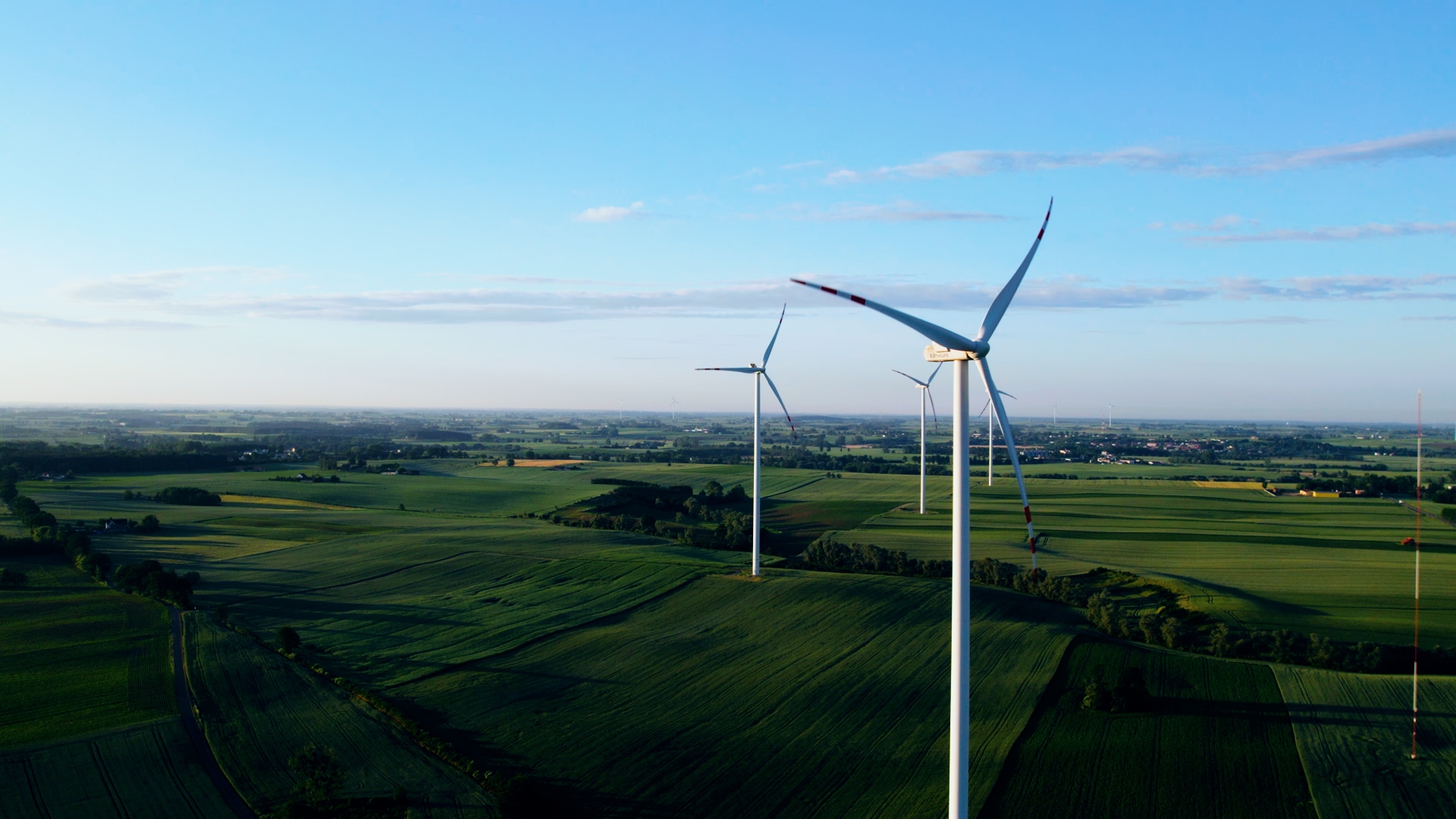
26.1.1 Commodity risk
Commodity risk is related to the possibility of a deterioration in the financial result in the trading area due to changes in commodity prices.
PGE Group companies’ exposure to commodity risk relates to the following commodity markets:
- electricity
- CO2 emission allowances
- rights to electricity origin certificates;
- hard coal;
- natural gas;
- biomass and other fuels.
PGE Group owns lignite mines that deliver production fuel to two power plants operating within the PGE Group. Due to this fact, the Group’s exposure to price risk in this area is not significant.
Selected key types of commodity risk (including currency) that PGE Group is exposed to (without taking account of the risk hedging strategies applied):
| Risk associated with |
Description | Example of exposure source |
|---|---|---|
| Risk of changes in electricity prices |
|
|
| Risk of changes in the prices of rights to electricity origin certificates. |
|
|
| Risk of changes in the prices of CO2 emission allowances |
|
|
| Risk of changes in prices of fuel for electricity generation (including hard coal, natural gas, biomass, heating oil) |
|
|
| Long-term volume risk |
|
|
| Short-term volume risk |
|
|
PGE Group has a strategy for hedging key exposures in trading electricity and related commodities adequately to the level of risk appetite over a mid-term horizon. The level of hedging for an open position is set taking into account risk appetite, results of monitoring the risk of electricity and related product prices, liquidity of specific markets as well as the financial situation of the Group and the Group’s strategic objectives.
PGE Group’s exposure to commodity price risk (as regards raw materials) specifies the volume of external purchases of each raw material, as presented in the table below:
| Year ended December 31, 2022 | Year ended December 31, 2021 | |||
|---|---|---|---|---|
| COMMODITY | Tonnage – external purchase (in thousand tonnes) | Purchase costs (PLN million) | Tonnage – external purchase (in thousand tonnes) | Purchase costs (PLN million) |
| Hard coal | 11.348 | 8.085 | 9.983 | 2.932 |
| CO2 emission allowances for captive use | 48.343 | 11.765 | 116.206 | 14.024 |
| Natural gas [m3 000s] | 832.945 | 1.570 | 1.173.366 | 980 |
| Biomass | 491 | 196 | 719 | 150 |
| Fuel oil | 72 | 272 | 66 | 160 |
| TOTAL | – | 21.888 | – | 18.246 |